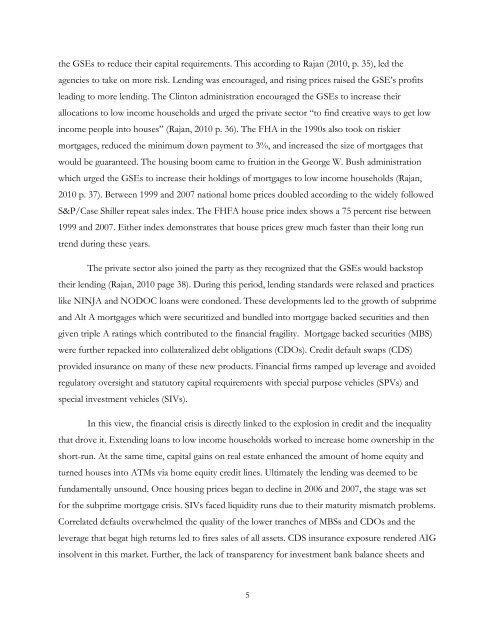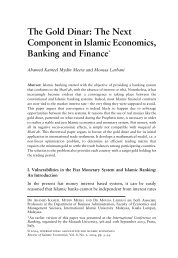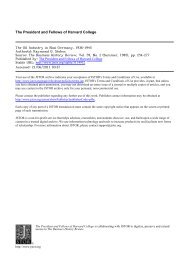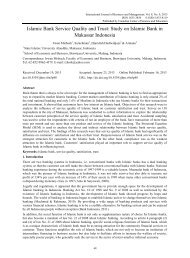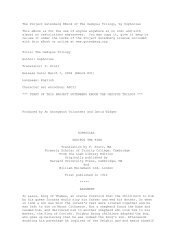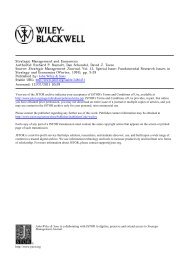Michael D. Bordo Christopher M. Meissner Working Paper 178
Michael D. Bordo Christopher M. Meissner Working Paper 178
Michael D. Bordo Christopher M. Meissner Working Paper 178
Create successful ePaper yourself
Turn your PDF publications into a flip-book with our unique Google optimized e-Paper software.
the GSEs to reduce their capital requirements. This according to Rajan (2010, p. 35), led the<br />
agencies to take on more risk. Lending was encouraged, and rising prices raised the GSE’s profits<br />
leading to more lending. The Clinton administration encouraged the GSEs to increase their<br />
allocations to low income households and urged the private sector “to find creative ways to get low<br />
income people into houses” (Rajan, 2010 p. 36). The FHA in the 1990s also took on riskier<br />
mortgages, reduced the minimum down payment to 3%, and increased the size of mortgages that<br />
would be guaranteed. The housing boom came to fruition in the George W. Bush administration<br />
which urged the GSEs to increase their holdings of mortgages to low income households (Rajan,<br />
2010 p. 37). Between 1999 and 2007 national home prices doubled according to the widely followed<br />
S&P/Case Shiller repeat sales index. The FHFA house price index shows a 75 percent rise between<br />
1999 and 2007. Either index demonstrates that house prices grew much faster than their long run<br />
trend during these years.<br />
The private sector also joined the party as they recognized that the GSEs would backstop<br />
their lending (Rajan, 2010 page 38). During this period, lending standards were relaxed and practices<br />
like NINJA and NODOC loans were condoned. These developments led to the growth of subprime<br />
and Alt A mortgages which were securitized and bundled into mortgage backed securities and then<br />
given triple A ratings which contributed to the financial fragility. Mortgage backed securities (MBS)<br />
were further repacked into collateralized debt obligations (CDOs). Credit default swaps (CDS)<br />
provided insurance on many of these new products. Financial firms ramped up leverage and avoided<br />
regulatory oversight and statutory capital requirements with special purpose vehicles (SPVs) and<br />
special investment vehicles (SIVs).<br />
In this view, the financial crisis is directly linked to the explosion in credit and the inequality<br />
that drove it. Extending loans to low income households worked to increase home ownership in the<br />
short-run. At the same time, capital gains on real estate enhanced the amount of home equity and<br />
turned houses into ATMs via home equity credit lines. Ultimately the lending was deemed to be<br />
fundamentally unsound. Once housing prices began to decline in 2006 and 2007, the stage was set<br />
for the subprime mortgage crisis. SIVs faced liquidity runs due to their maturity mismatch problems.<br />
Correlated defaults overwhelmed the quality of the lower tranches of MBSs and CDOs and the<br />
leverage that begat high returns led to fires sales of all assets. CDS insurance exposure rendered AIG<br />
insolvent in this market. Further, the lack of transparency for investment bank balance sheets and<br />
5


